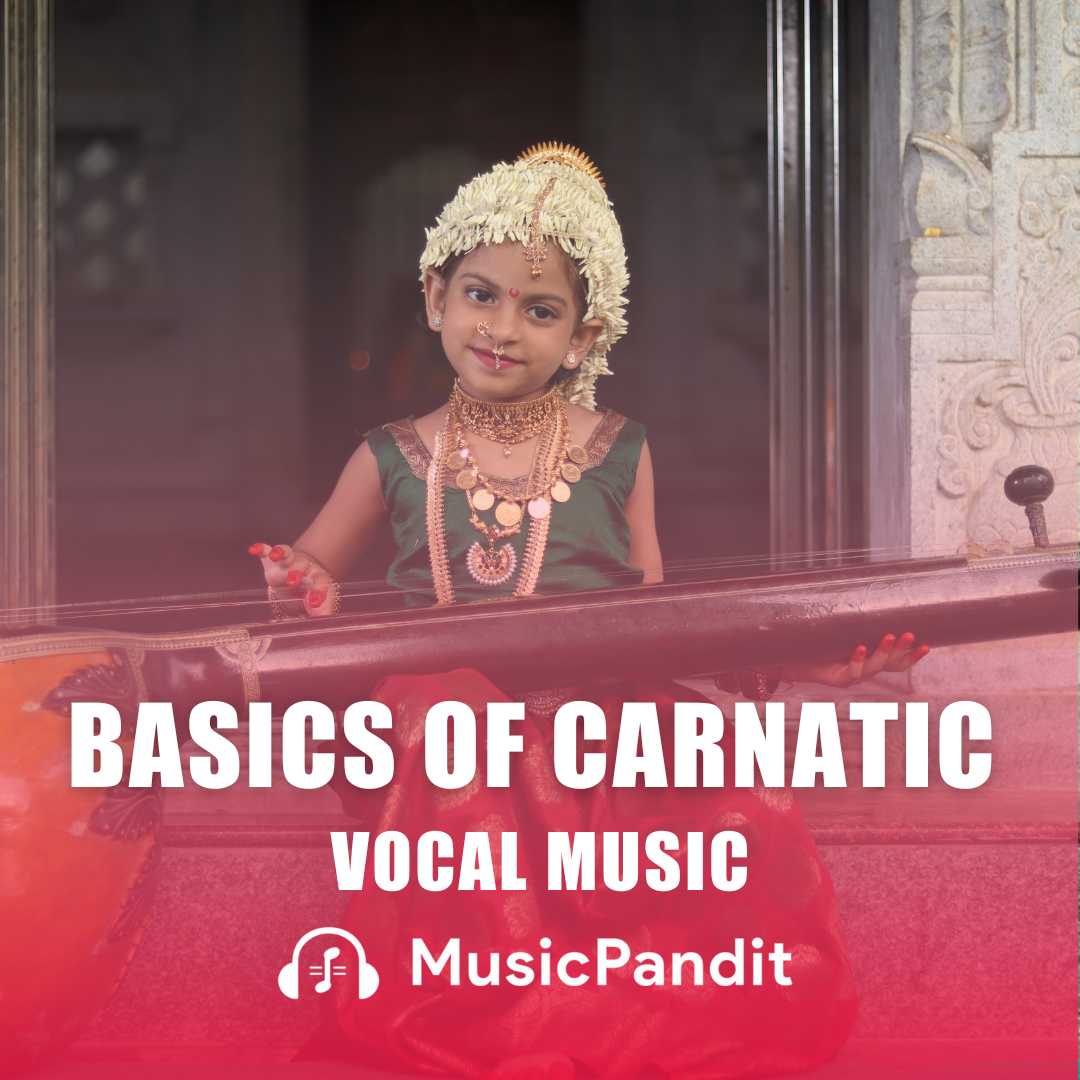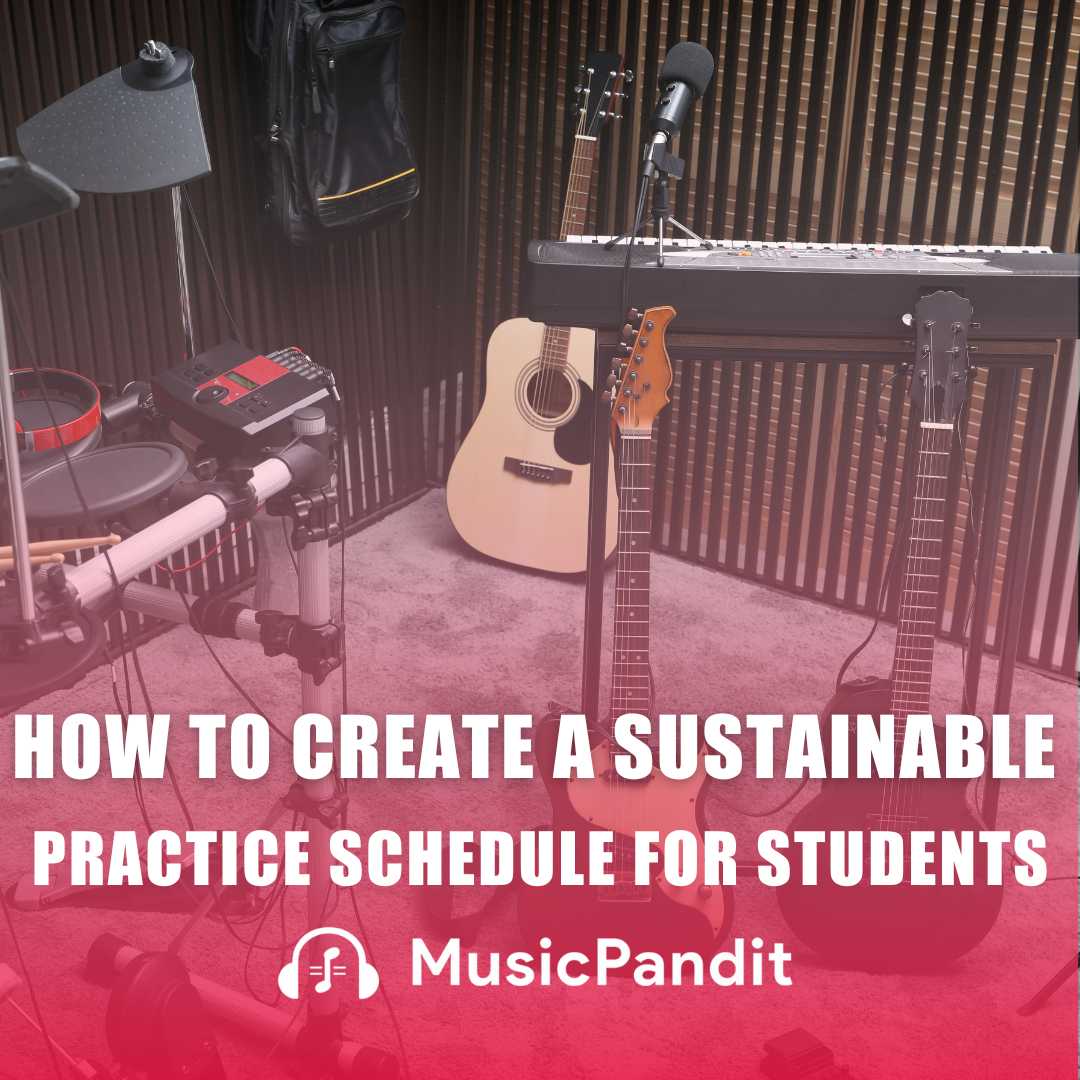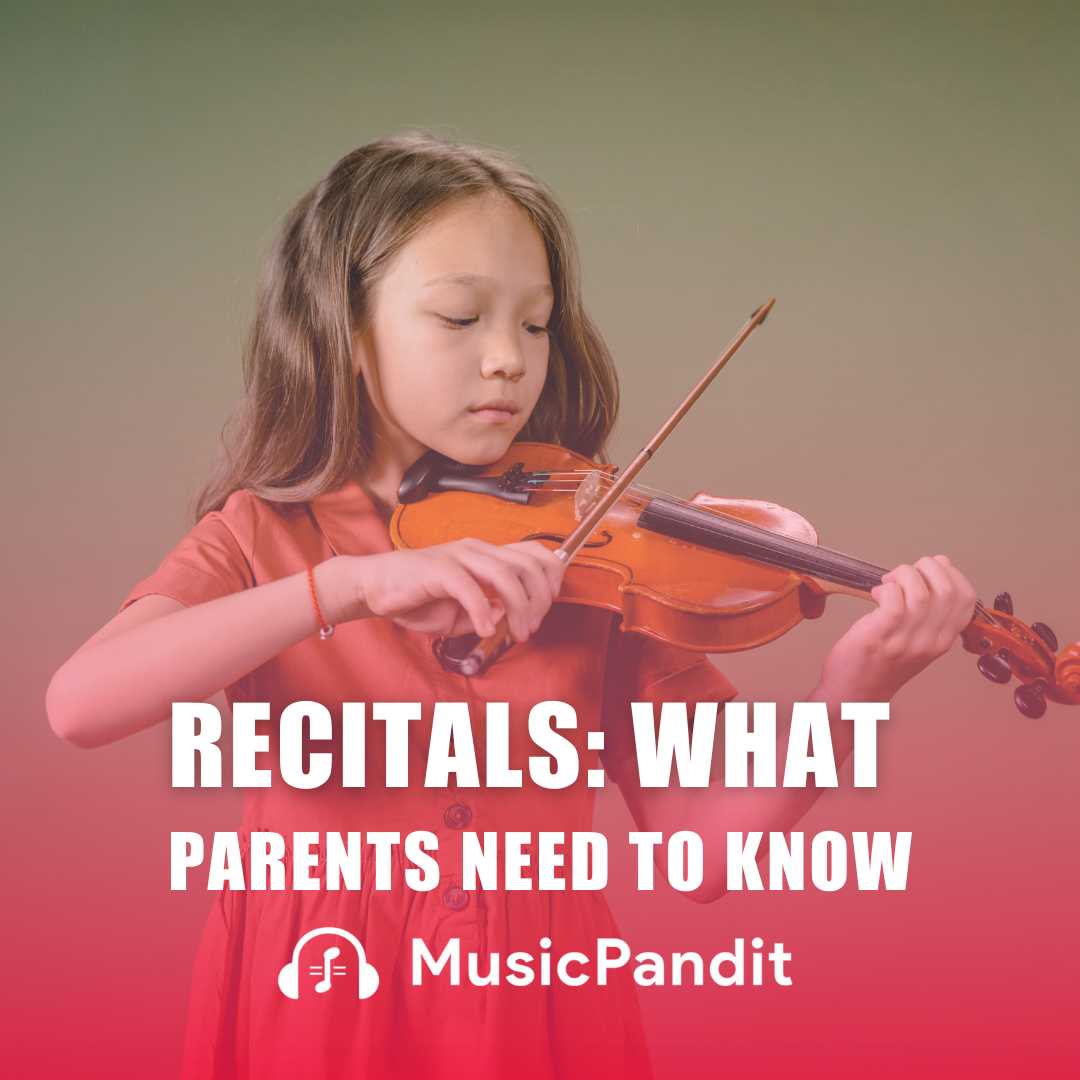Since childhood, we’ve been familiar with the notes Sa, Re, Ga… as they are seamlessly integrated into our daily lives. As we hummed along with these timeless melodies, the curiosity for Hindustani vocals grew from generation to generation, inspiring us to pass down this rich musical heritage to our children and future generations.
Nurturing a child’s musical abilities is a profound adventure, and Hindustani vocals provide a wealthy and culturally widespread path. Through Hindustani vocal lessons, children can learn Hindustani songs online, imparting them with accessibility and convenience as they delve into the intricacies of Indian classical song. This weblog aims to explore ten essential recommendations to elevate your child’s Hindustani vocal technique, fostering a love for music and a deep understanding of this historic culture.
What are Hindustani Vocals?
Hindustani vocals constitute a centuries-antique musical culture that originated in the Indian subcontinent. Rooted in ragas and talas, Hindustani music features a big repertoire of melodies, rhythms, and emotional expressions. Learning Hindustani vocals permits your child to expand a nuanced expertise of Swaras (musical notes), Laya (rhythm), and Bhava (emotion), creating a holistic musical experience that goes beyond mere technicalities.
Embracing the Basics
A strong basis in Hindustani vocals is crucial for any aspiring musician. Beginning with knowledge the swaras and their combos, known as ragas, lays the groundwork for melodic exploration. Your child gets to analyse the intricacies of pitch, tonal quality, and ornamentation, laying a solid foundation for future musical endeavours. Additionally, getting to know laya, the rhythmic issue of Hindustani music, entails practising taals (rhythmic cycles) to expand a sense of rhythm, timing, and improvisational abilities.
Seek Guidance from a Mentor
Learning under the guidance of a skilled mentor is precious in Hindustani vocal training. A guru provides personalised education, corrects technical nuances, and imparts the subtleties of raga interpretation. Through one-on-one training, students acquire direct feedback, guidance in repertoire choice, and insights into the cultural and historic contexts of Hindustani music. This mentorship fosters a deep connection between the student and the musical way of life, nurturing a lifelong appreciation for Hindustani vocals.
Enhance Your Listening Abilities
Active listening is a cornerstone of the musical growth in Hindustani vocals. Encourage your child to listen to recordings of famous Hindustani vocalists, instrumentalists, and ensemble performances. By listening to nuances in tonal first-rate, ornamentation, and emotional expression, they develop a keen ear for melodic intricacies and rhythmic variations. Regular listening sessions also inspire creativity, feuling improvisational competencies and enhancing musical sensitivity.
Commit to Consistent Practice
Consistent exercise is the bedrock of progress in Hindustani vocal training. Establish a structured exercise routine that consists of vocal sporting activities, raga exploration, and overall performance refinement. Daily practice sessions, focused on breath control, vocal variety enlargement, and articulation exercises, strengthen vocal muscles and improve basic singing approach. Encourage your child to set unique practice goals, tune development, and have a good time achievements, fostering a sense of field and willpower to their musical adventure.
Explore Diverse Musical Genres
While Hindustani music is steeped in classical lifestyle, encourage your child to explore diverse musical genres. Exposure to genres together with people track, devotional songs, ghazals, and fusion songs broadens musical horizons, encouraging creativity and versatility in vocal expression. By integrating elements from distinct musical styles, children increase a completely unique artistic voice, blending lifestyle with innovation to create fascinating musical performances.
Aim for Depth in Your Craft
Depth in Hindustani vocal method comes from focused study and exploration. Encourage your child to delve deep into choosing ragas, studying their characteristics, melodic phrases, and emotional nuances. By immersing themselves inside the intricacies of ragas which include Yaman, Bhairavi, or Todi, students broaden a profound knowledge of raga structure, ornamentation strategies, and improvisational opportunities. Mastery of select ragas allows for expressive and emotive renditions, showcasing the depth of their musical craft.
Achieve Mastery in Breath Management
Breath control is an essential aspect of Hindustani vocals. Teach your child strategies for diaphragmatic respiration, breath management, and phrasing to sustain long notes, attain vocal clarity, and specific emotions efficiently. Breathing physical games, consisting of pranayama strategies and vocalisation drills, support respiratory muscle tissue, improve lung capacity, and beautify vocal stamina. Mastery of breath management ensures convenient making a song, smooth transitions among notes, and dynamic vocal expression.
Discover the Art of Musical Improvisation
Improvisation is a trademark of Hindustani music, allowing for creative expression within established frameworks. Encourage your child to discover improvisational strategies, along with alaap, taan, and sargam, to expand melodic variations, rhythmic elaborations, and expressive nuances. Through guided improvisation, sporting activities and creative exploration, your child will discover ways to improvise with confidence, adding intensity, spontaneity, and private expression to their musical performances.
Foster a Spirit of Collaboration
Music is a collaborative art, and fostering a spirit of collaboration complements musical growth. Get your child to participate in group singing sessions, collaborate with instrumentalists, and engage in ensemble performances. Collaborative experiences teach teamwork, verbal exchange, and flexibility, enriching musical interpretations and fostering an experience of camaraderie among musicians. Collaboration also exposes them to numerous musical perspectives, patterns, and strategies, broadening their musical horizons.
Cultivate Persistence and Patience
The adventure of learning Hindustani vocals calls for staying consistent, patient, and having a tremendous mind-set. You can encourage your child to indulge in challenging situations, research from setbacks, and celebrate small victories along the way. Cultivating resilience builds self assurance, perseverance, and a lifelong love for music. Teach them to be dedicated to their musical exercise, seek for opinions from mentors and peers, and enjoy the transformative power of Hindustani vocals.
Summing it up!!
In the end, by means of following those ten crucial pointers and embracing the wealthy background of Hindustani vocals, your infant can embark on a satisfying musical adventure. With a robust foundation, guidance from mentors, lively listening talents, steady exercise, diverse musical exploration, depth in craft, mastery of breath control, improvisational artistry, collaborative spirit, and patience, they are able to attain excellence in Hindustani vocal technique and enjoy the pleasure of inventive expression.















